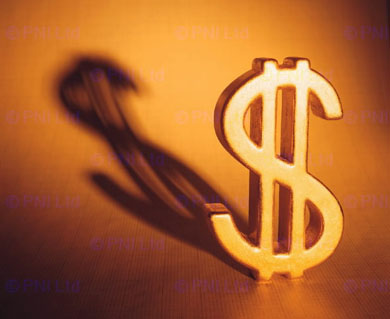Many people are asking about the e-currency trading course. When thinking of e-currency trading, people tend to think of the FOREX market. What people need to know is that we are not talking about FOREX here, rather a system that allows people to act as a middle man and process transactions from one e-currency to another. For example, moving electronic funds from e-gold to netpay or from paypal to e-buillion.
Many people are looking for the Holy Grail when it comes to making money online. I’ll be the first to say that it doesn’t exist. E-currency trading is not the Holy Grail and will not make you rich overnight, however with consistency and time it is possible to make a decent profit.
Currently there are a few courses online that will teach anyone how to do e-currency trading. Each course varies in price and resources; the only difference is the level of support for each. Some e-currency courses are just one long e-book, others are equipped with video tutorials, personal e-mail support and phone support. Choosing one depends on the user and what you are looking for.
The most difficult part about e-currency trading is the terminology and learning how to navigate through the system when beginning. When I first began I was able to open up a portfolio and from my portfolio I could buy digots from other countries. You can think of a digot as a share in the stock market. These digots increased in value over time at a rate of .3% to .5% per day. For example, an initial investment of $100 would yield roughly $25 profit during your first month. $25 isn’t a whole lot, but this amount will compound over time allowing your investment to grow.
So where is the trading? The actual trading in the e-currency exchange program takes place in your console. Within a console a user can move funds for other people wishing to transfer funds from one e-currency to another. When you process this transaction for somebody else, you collect a 6% fee on the total amount transferred. For example, if you processed a $2,000 outxchange, your profits would be 6% of $2,000 which puts in your account $120 profit. People are constantly requesting outxchange and inexchanges. It’s common to receive 3 to 4 outxchanges to process in a given day.
E-currency trading can be extremely lucrative, and I am not going to tell you there aren’t risks involved. There’s risk in anything you do in this world, but if you would like to make some money online you will have to leverage yourself somehow. And by leverage, I mean putting yourself in a better position to make more money.
Tim Rohrer is an established writer and home business owner. Learn how to start your own profitable home business. http://www.mazumoney.net
Article Source: http://EzineArticles.com/?expert=Timothy_Rohrer







